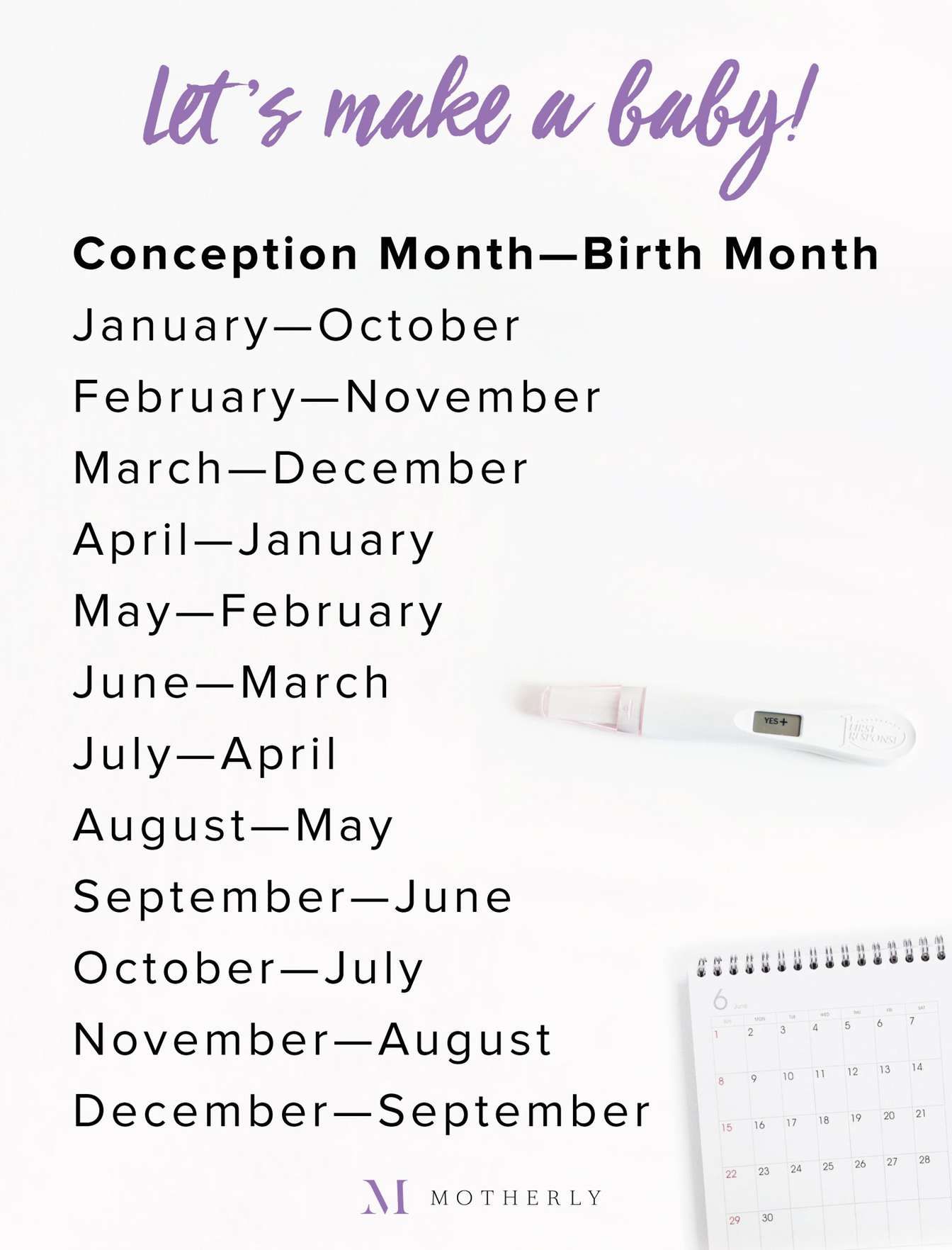What month will my baby be born? Here’s how to calculate your due date
There are a few different ways to find out.

Jose Luis Pelaez/Getty Images
We independently select and share the products we love—and may receive a commission if you choose to buy.
Pretty much every mama out there has found themselves searching the internet for a due date calculator. Whether you are trying to conceive with specific timing in mind, or are already pregnant and curious to know when your little bundle will arrive, thinking about due dates is exciting—and gives you a thrilling countdown.
When trying to calculate your due date, your medical team will often start with your last menstrual period, or LMP (the first day of your last period, to be exact). From there, we can estimate the due date based on a simple mathematical equation (more on that below).
But what if you don’t remember the first day of your last period? Or what if you are someone who doesn’t get regular periods? No problem.
As I share in “The Motherly Guide to Becoming Mama” it’s common for women not to know when their LMP was. If that’s the case, your doctor or midwife will likely recommend what’s known as a dating ultrasound to help determine how far along you are.
Let’s discuss what due dates are, and most importantly, how to determine when your due date is. Try our due date calculator below!
Related: Do second babies come earlier?
What is a due date?
Due dates can encompass a range of terminologies, all referring to the same thing. You might hear:
- Estimated date of delivery (EDD)
- Estimated date of childbirth (EDC)
- Estimated date of confinement (EDC) (Wait, what? Back in the day, women were confined to a bed or hospital when they gave birth, hence the word confinement.)
- Guess day
Whatever phrasing you use, your due date is the day that we estimate your baby will be born.
Related: The new mama’s guide to pregnancy symptoms
How long is pregnancy?
Pregnancies last approximately 280 days, which is 40 weeks, or about 10 months—not nine like we traditionally hear. Your pregnancy is considered full-term after 37 weeks. Delivery prior to 37 weeks is considered preterm.
- At 37 weeks, the pregnancy is considered early-term (technically full-term, but on the early side of it)
- At 41 weeks, the pregnancy is considered late-term
- At 42 weeks, the pregnancy is considered post-term
Digital classes from Motherly
When is my due date?
There are a few ways to calculate your due date. Your due date is based on the first day of your last menstrual period (LMP). Here is the formula:
- Write down the first day of your last LMP
- Subtract three months
- Add seven days
Let’s take a look at an example. If you get pregnant in June what month are you due? Say your LMP was on June 10:
- Subtracting three months from June brings you to March.
- Adding seven days to 10 gives you 17.
- Your due date will be March 17.
Here’s another example. If you get pregnant in February what month are you due? Say your LMP was on February 21:
- Subtracting three months from February brings you to November.
- Adding seven days to 21 gives you 28.
- Your due date will be November 28.
You can also use a due date calculator, which can help if you know the day of intercourse, insemination or embryo transfer, or try our handy graphic below.
Try our due date calculator
For all those planner mamas-to-be: Our due date calculator can help you figure out the day your baby is due to be born based on your conception month.

Related: September is by far the most popular birthday month—and here’s why
Using ultrasounds to determine your due date
For a variety of reasons, a lot of women don’t know when their last period was (so don’t worry if you’re not sure, mama). A history of irregular periods, medications and plain ol’ forgetting are all normal reasons to be unsure.
A transvaginal ultrasound (where a lubricated ultrasound wand is inserted into the vagina) can help pinpoint your estimated due date, especially when done in the first trimester. The ultrasound technician will measure the size of the embryo and use the information gathered to determine your due date.
Surprisingly, as your pregnancy progresses, it becomes harder to calculate the gestational age and size of the fetus with an ultrasound (the bigger they get, the more inaccurate the measurements are).
Related: 9 essential questions to ask during your first prenatal visit
How accurate are due dates?
In short, due dates are not very accurate. In fact, only about 4% of women will give birth on their due date. Note that due dates are not expiration dates! Most first-time moms will give birth 3 to 5 days past their due date, and a great many go longer than that still.
Related: Do second babies come faster?
Going past your due date can be frustrating. Your provider will discuss all of your options, like waiting for labor to start on its own versus scheduling an induction with you. (Psst: If that’s you, here’s how to give yourself grace when you go past your due date.)
Ultimately, due dates are really exciting to think about—but my recommendation is to try to think of them as an approximation. Instead of saying, “I’m due on May 15th,” maybe try, “I’m due sometime in May!”
Mama, your baby will come, and when they do, it will be the most perfect date of all: Your baby’s birthday!
A version of this post was originally published on June 26, 2018. It has been updated.

